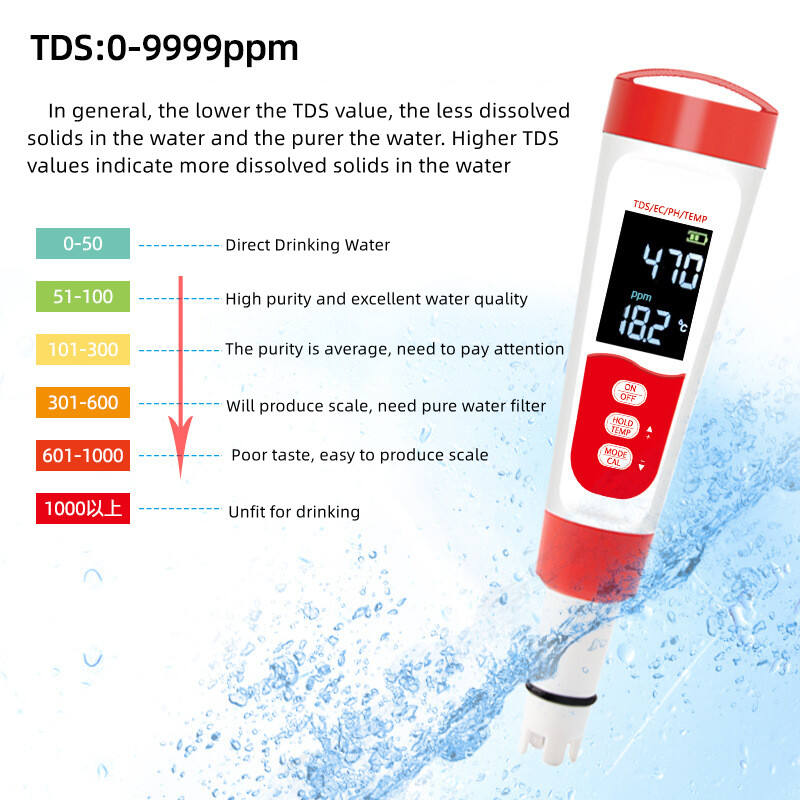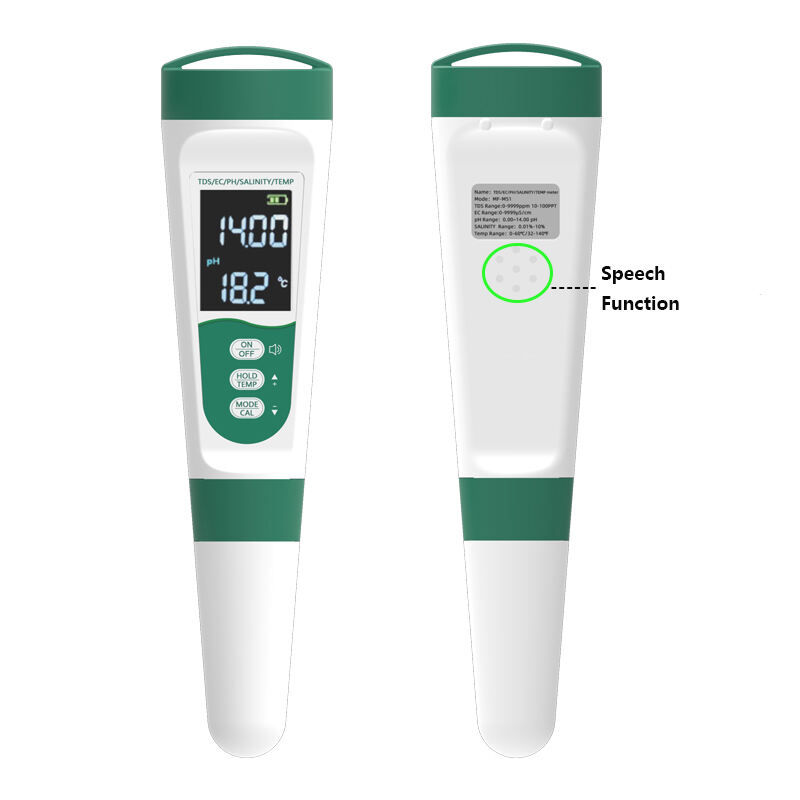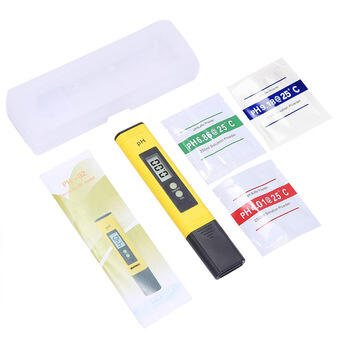handheld salinity meter
A handheld salinity meter is a portable, precision instrument designed for measuring salt concentration in various liquids. This versatile device combines advanced sensor technology with user-friendly operation, making it essential for multiple industries and applications. The meter typically features a digital display that provides accurate readings in various units, including PSU (Practical Salinity Units), ppt (parts per thousand), or percentage. Modern handheld salinity meters incorporate temperature compensation technology, ensuring accurate measurements across different temperature ranges. The device uses conductivity principles to determine salinity levels, with specialized electrodes that can detect and measure dissolved salt content in water samples. Most models include waterproof housing for durability and field use, along with memory functions for data storage and retrieval. These instruments often come with calibration capabilities, allowing users to maintain measurement accuracy over time. The applications range from aquaculture and marine research to food processing and industrial water treatment. Many models also feature USB connectivity for data transfer and analysis, making them valuable tools for documentation and quality control processes.


